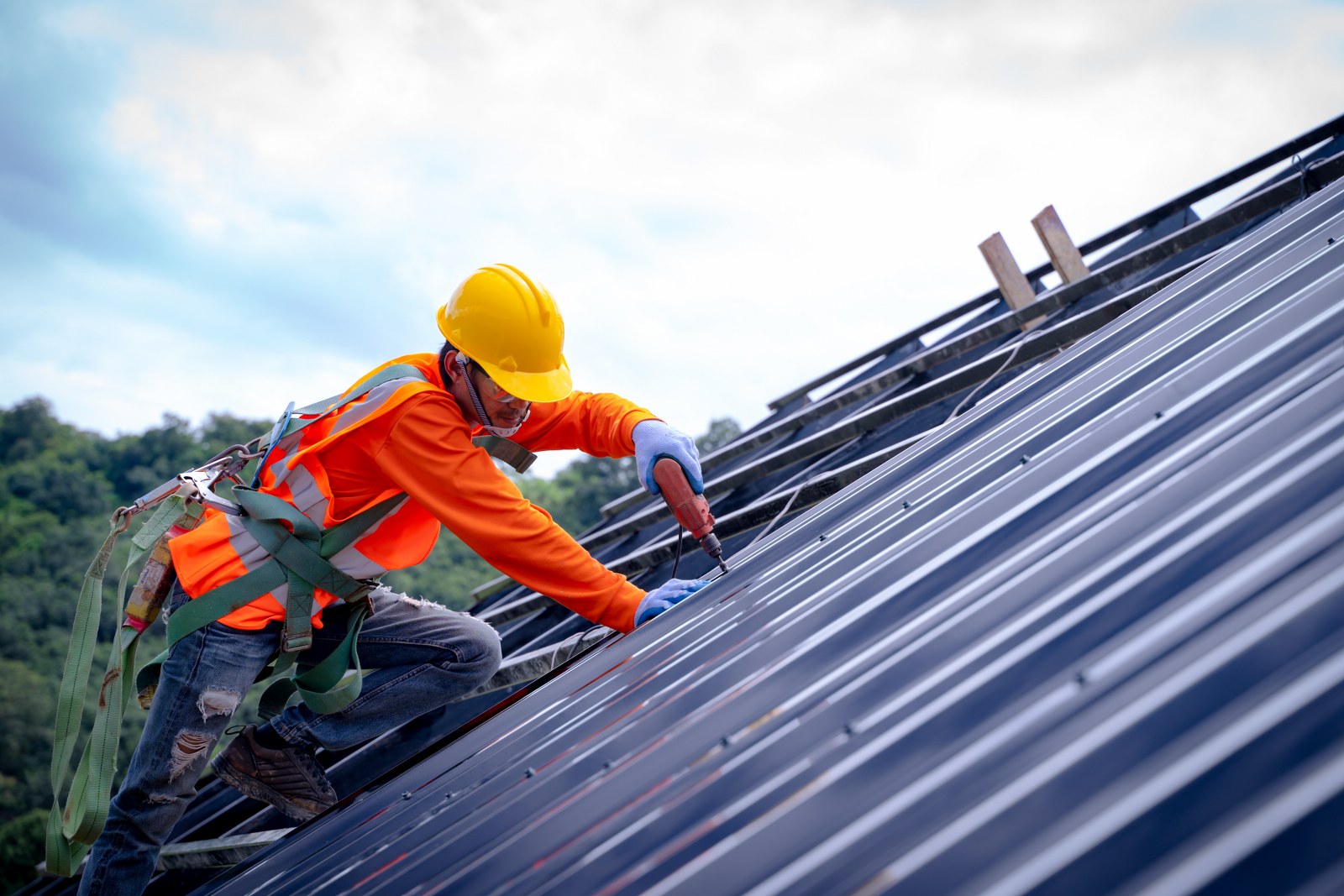
Image Source – Google
Insulation plays a crucial role in maintaining a comfortable indoor environment and reducing energy consumption. When it comes to buildings, roofs are a significant area of heat loss during winter and heat gain during summer. Insulated roof panels offer an effective solution to combat these issues and maximize energy efficiency in residential, commercial, and industrial buildings.
If you are looking for Insulated Roofing services then you may browse this website.
Benefits of Insulated Roof Panels
Energy Efficiency
- Reduce heating and cooling costs by providing thermal insulation.
- Minimize heat transfer through the roof, keeping indoor temperatures stable.
- Decrease the load on HVAC systems, leading to lower energy consumption.
Comfort
- Help maintain a consistent indoor temperature throughout the year.
- Reduce drafts and cold spots in winter.
- Prevent heat buildup in summer, creating a more comfortable environment.
Noise Reduction
- Act as a barrier to external noise, providing a quieter indoor environment.
- Enhance acoustic comfort by minimizing sound transmission through the roof.
Types of Insulated Roof Panels
Sandwich Panels
- Consist of two metal sheets (such as steel or aluminum) bonded to a core material (typically polyurethane or polystyrene foam).
- Provide excellent thermal insulation properties and structural integrity.
Structural Insulated Panels (SIPs)
- Comprise an insulating foam core sandwiched between two structural facings, often oriented strand board (OSB) or plywood.
- Offer airtight construction, high thermal resistance, and quick installation.
Cool Roofs
- Reflect sunlight and absorb less heat than traditional roofs, reducing cooling demands.
- Available in various materials, including white coatings, reflective tiles, and metal sheets.
Installation and Maintenance
Proper installation and regular maintenance are essential to ensure the optimal performance of insulated roof panels. Here are some key points to consider:
Installation
- Follow manufacturer's guidelines for installation to maintain warranty coverage.
- Seal all joints and connections properly to prevent air leakage and moisture infiltration.
- Consider hiring professional installers with experience in working with insulated panels.
Maintenance
- Inspect the roof panels regularly for any signs of damage or wear.
- Clean debris and dirt from the panels to maintain their reflective properties (for cool roofs).
- Address any issues promptly to prevent further damage and ensure the longevity of the roof system.
Conclusion
Insulated roof panels are a cost-effective and sustainable solution for enhancing energy efficiency in buildings. By reducing heat loss, improving comfort, and lowering energy consumption, these panels offer a range of benefits for residential, commercial, and industrial applications. Proper selection, installation, and maintenance of insulated roof panels can lead to long-term savings and a more comfortable indoor environment.